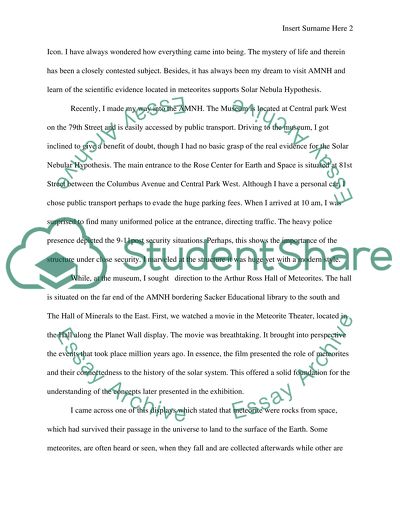Cite this document
(“Meteorites Evidence in Support of Solar Nebular Hypothesis Research Paper”, n.d.)
Retrieved from https://studentshare.org/physics/1495113-scientific-evidence-found-in-meteorites-that
Retrieved from https://studentshare.org/physics/1495113-scientific-evidence-found-in-meteorites-that
(Meteorites Evidence in Support of Solar Nebular Hypothesis Research Paper)
https://studentshare.org/physics/1495113-scientific-evidence-found-in-meteorites-that.
https://studentshare.org/physics/1495113-scientific-evidence-found-in-meteorites-that.
“Meteorites Evidence in Support of Solar Nebular Hypothesis Research Paper”, n.d. https://studentshare.org/physics/1495113-scientific-evidence-found-in-meteorites-that.


